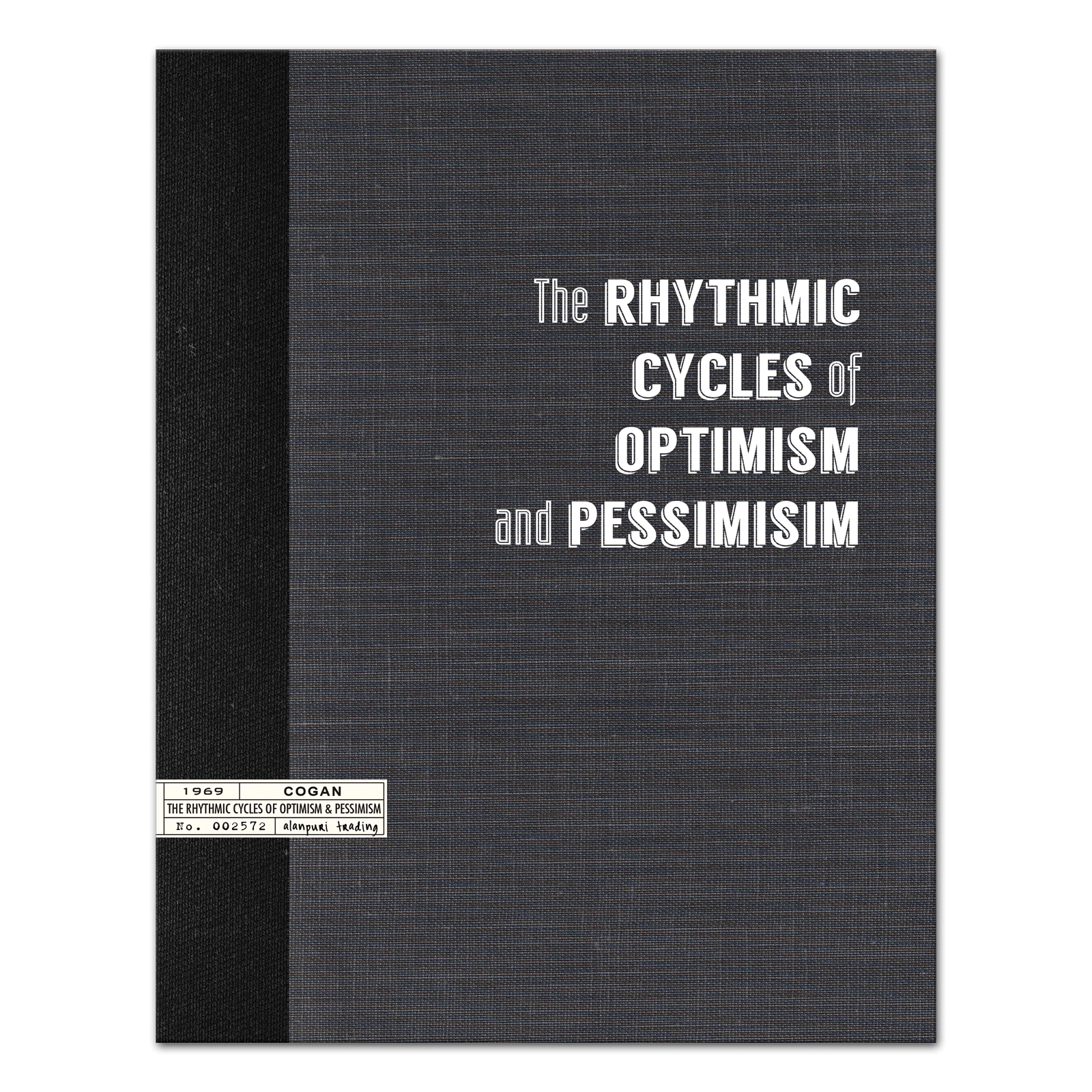Description
The Rhythmic Cycles of Optimism and Pessimism (1969) by L. Peter Cogan
Softcover, REPRINT of the 1969 First Edition, 54 pp., Originally published by William-Frederick Press, New York,
Contents: Introduction, 1. The Ideal of Rhythmic Cycles of Optimism and Pessimism, 1870-1969 2. A Comparison of Actual Stock Prices, 1871-1968, with the Ideal Rhythmic Timing Patterns of Optimism and Pessimism 3. A Comparison of the Actual Prices of a Cyclical Stock, TWA, with the Ideal Time-Amplitude Pattern of Optimism and Pessimism. 4. The Random-Walk Theory of Stock Market Prices and Rhythmic Cycles of Optimism and Pessimism, 5. The Money Supply, The Major Business Contractions, and the ideal Rhythmic Cycles of Optimism and Pessimism 6. Some Leading Business Indicators and Ideal Rhythmic Pattern. 7. The Possible Origins of the Rhythmic Cyclical Patterns. 8. Conclusions and Implications. Appendix. Charts. Figures.
Summary: The aim of Mr. Cogan’s monograph is to present these rhythmic cycles and to show that private borrowing, major business contractions, various leading indicators, and especially stock market prices (a very volatile leading indicator of business activity) appear to follow these rhythmic cycles of optimism and pessimism to a remarkable degree in timing, sequence, and amplitude tendency. This phenomenon indicates that changes in direction and degree from optimism to pessimism, and vice versa, are not wholly chance or random behavior. It challenges the random-walk theory of stock market prices and implies that to considerable extent stock market cycles and persistent fluctuations of the United States economy have a psychological origin that is rhythmic. Softcover reprint of the scarce 1969 Edition, 54 pages.
The Rhythmic Cycles of Optimism and Pessimism (1969) by L. Peter Cogan, 54 pp.







